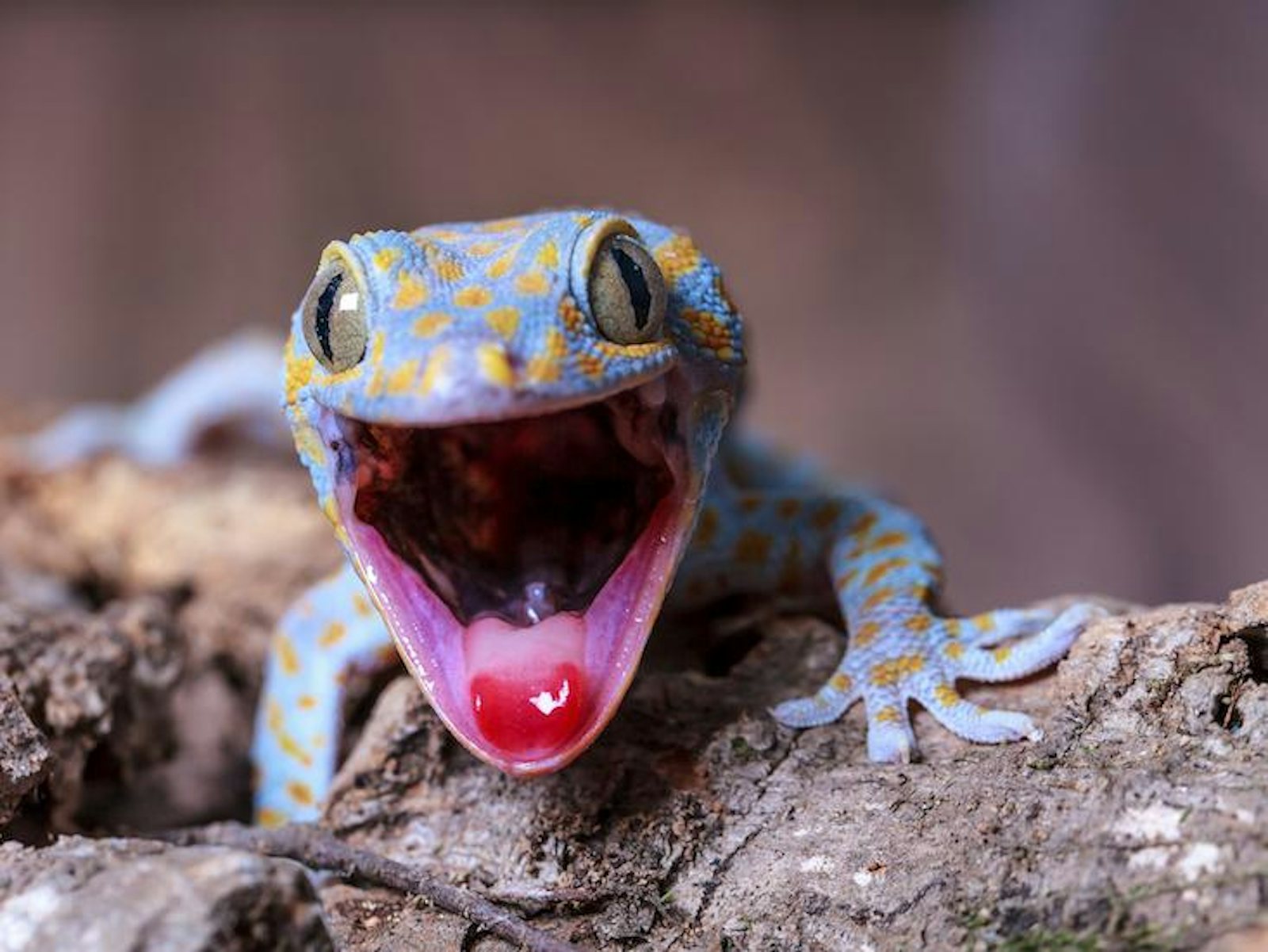The subject line of the email was simply, “Bird?”
It’s not unusual for researchers at the Natural History Museum of Los Angeles to receive requests like this. Local residents aren’t shy about asking for help to identify critters they encounter on hikes or even in their backyards. But what was unusual about this email, sent in August of 2012, was its timestamp: 1:48 a.m.
Megan was losing sleep. A very loud, very nocturnal bird had taken up residence in her backyard. For several weeks, the critter would begin shrieking every 30 minutes or so, starting after sunset and continuing throughout the night. In her frustration, she fired an email to Kimball Garrett, an ornithologist at the museum, asking to help her pin down “the culprit that has been causing havoc.” The noise was such a nuisance that she and her son had taken to using sleeping bags in the living room; it was the farthest they could get from the backyard. “It’s going off as I’m sending you this email,” she wrote.
She had used her smartphone to record the sound and attached it so Garrett could have a listen. After hearing the squawk, he thought it could be a frog. “It’s certainly not a bird,” Garrett wrote—not to Megan—but to Greg Pauly, the museum’s chief herpetologist (someone who studies reptiles and amphibians). But Pauly quickly ruled that out, and then went down a mental checklist of possible critters. He settled on the gecko. “The animal announces who it is in its call,” says Pauly. There are hundreds of gecko species all around the world, but their name derives from the call of a single Southeast Asian species, the Tokay gecko (Gekko gecko). “Tokay” and “Gecko” are an onomatopoeias, referring to the sound this creature makes as it establishes its territory.
It’s understandable that the lizard fooled Megan into thinking she had become host to a particularly raucous bird. Geckos aren’t California natives, and it’s possible that due to, researchers say, vocal “convergence,” they can end up sounding similar to some birds. It’s known to occur between species that share common or like habitats and similar modes of life, and “caused,” they say, “by the selective pressure of the acoustic constraints of the biotope.”
The gecko could have gotten there by hitching a ride, perhaps as a fertilized egg, on a plant. Los Angeles is a magnet for foreign species because it hosts two of the busiest ports in the world. But, Pauly says, this gecko was probably a pet-store escapee.
Pauly has plenty of these sorts of stories. A second acoustic mystery landed inside his inbox two years later.
Garrett had once again received an email, this time originating from a skilled birder unable to identify a call she kept hearing outside of her home. Again, it wasn’t a bird. He quickly identified it as a coqui frog, an invader from Puerto Rico, and asked Pauly to confirm his suspicion. (Like “tokay,” “coqui” is an onomatopoeia that refers to the sound of its call.)
In Hawaii, coqui frogs have become such a nuisance that they have, according to one 2005 study, “negatively impacted the state’s multimillion dollar floriculture, nursery and tourist industries” and appear to drive down property values. If they spread throughout the Big Island, the chirpers would represent a combined loss of some $7.6 million dollars. Knowing this, Pauly wanted to properly document the possible invasion in Southern California.
He eventually traced the coqui frogs to a nearby nursery that had received a shipment of plants from Hawaii. “We went into the backyard hoping to hear coqui frogs calling, and in fact we did,” Pauly says. But the call seemed to be coming from really high, which was a surprise for a species that spends its time near the ground. Turns out it actually was a bird. “The first coqui frog call I ever heard,” Pauly tells me, “was given by a mockingbird.”
Having learned that these amphibians had started to turn up in LA, Pauly would go to inform a Beverly Hills resident—another curious emailer—that the mystery car alarm that was keeping him up at night was also a coqui frog.
As for Megan, by the time Pauly and Garrett got back to her, the gecko had moved on to disturb her next-door neighbor, which at least afforded her family some restful slumber. A week later, Pauly says, the sounds were gone for good. “Maybe it met its demise in the tough world of urban backyards.”
Jason G. Goldman is a science journalist and wildlife reporter who covers stories in animal behavior, wildlife biology, conservation, and ecology from around the world. He has written for Scientific American, Los Angeles Magazine, The Washington Post, The Guardian, the BBC, and elsewhere, and contributes to Scientific American’s “60 Second Science” podcast. He is a co-founder of the Nerd Brigade and of SciCommCamp.
The lead image is courtesy of Reptiles Plus via Flickr.






























